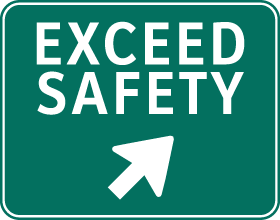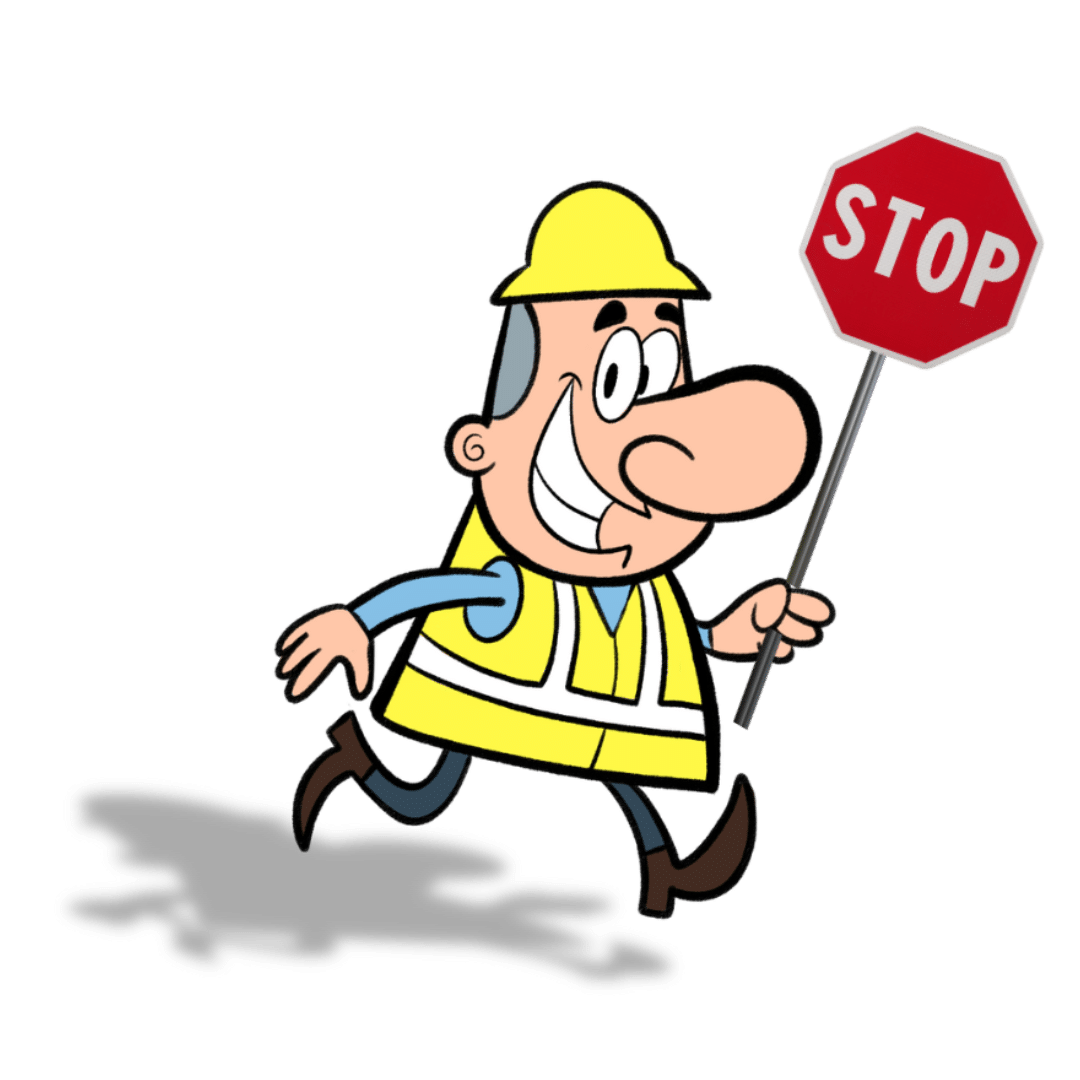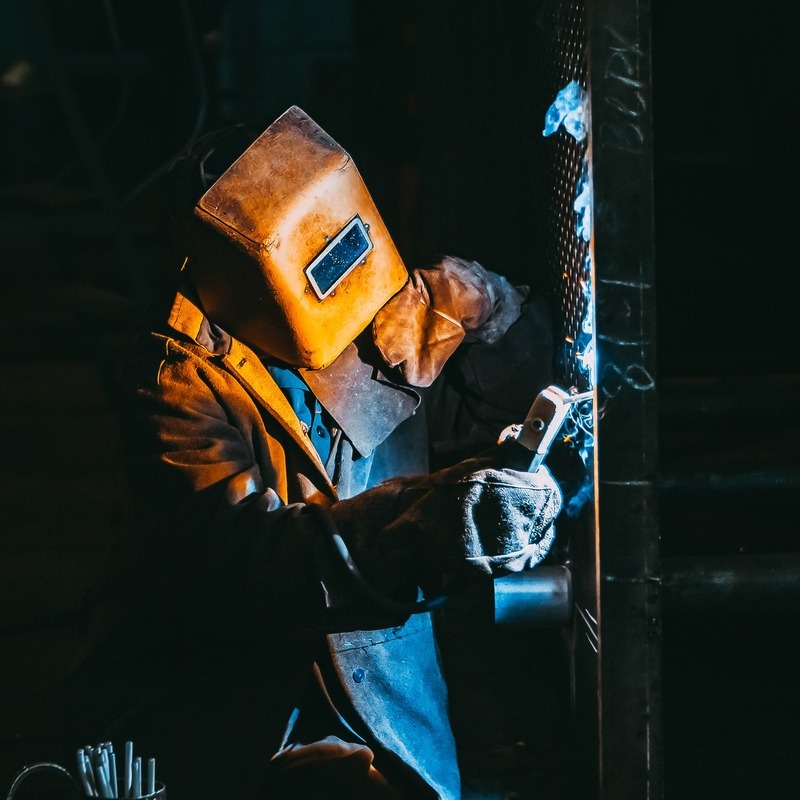Overview & Objectives
Exceed Safety’s Hot Work for Supervisors for Manufacturing training is designed for Supervisors who may operate or come into contact with welding or hot work operations. The course provides the necessary information to protect not only themselves and their employees, but also the individual responsibilities of the Supervisor to comply with standards and protocols. OSHA implements a strict set of guidelines that cover welding in hot work in both Manufacturing and General Industry environments. This training offers a thorough intermediate overview on best practices and safety procedures.
Exceed Safety’s Hot Work for Supervisors for Manufacturing training provides in depth and intermediate-level training surrounding welding and hot work in the Manufacturing industry. Specific course topics include the following:
- Detailed information about OSHA regulatory requirements including guidelines and training.
- Explanations of key terms that you will need to know including hot work, welder, and confined spaces.
- Discussion regarding the three basic types of welding including gas, arc, and oxygen and arc cutting. Additionally, the seven other types of hot work are covered in detail. These categories are grinding, drilling, hot riveting, soldiering, braising, thermal spraying, and heat treating
- In-depth information on the five general safety precautions to be aware of and follow at all times. These precautions include situational awareness, focusing on the task at hand, see something-say something, training, and warning signs
- An overview of “the Safety Six” personal protective equipment PPE requirements for welders and hot work operators as well as non-hot work employees. From safety glasses/goggles to heat-resistant gloves and shoes, all six categories of proper protective clothing information is covered.
- Thorough explanations of the most common combustible materials ranging from industrial gases (like acetylene and hydrogen) to various types of fuels and even solids such as wood, paper, and metals. You will learn the extra precautions required to prevent fire when dealing with combustible materials
- Extensive guidance regarding confined spaces and proper ventilation – situations which contribute to a large percentage of safety-related incidents with hot work and welding
- Detailed information, with links to authoritative organizations, regarding all requirements associated with fire extinguishers.
- The dos and don’ts of a fire watch
- Proper use of guards and shields
- Additional hazard knowledge associated with metal splatter, explosion hazards, released gases, and radiant energy
- Practical tips and links to additional Department of Labor and OSHA resources
- Intermittent “Knowledge Check” slides throughout to confirm full understanding


